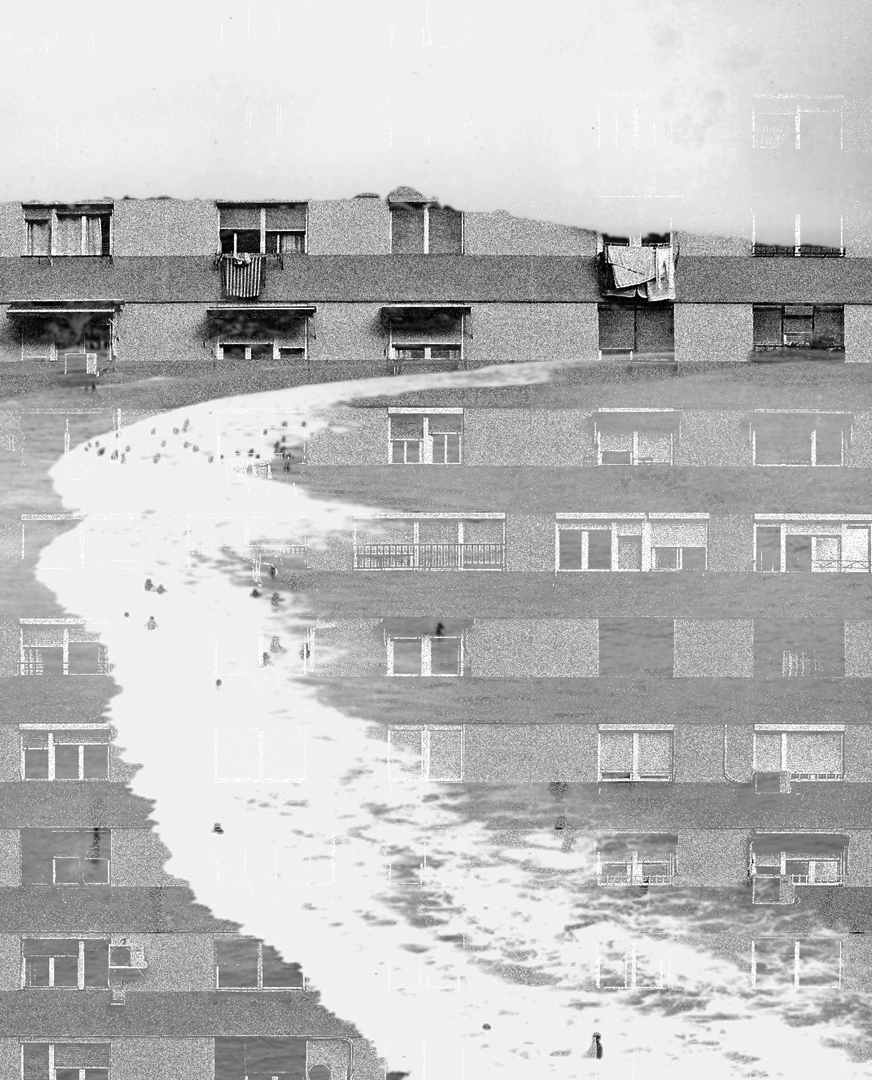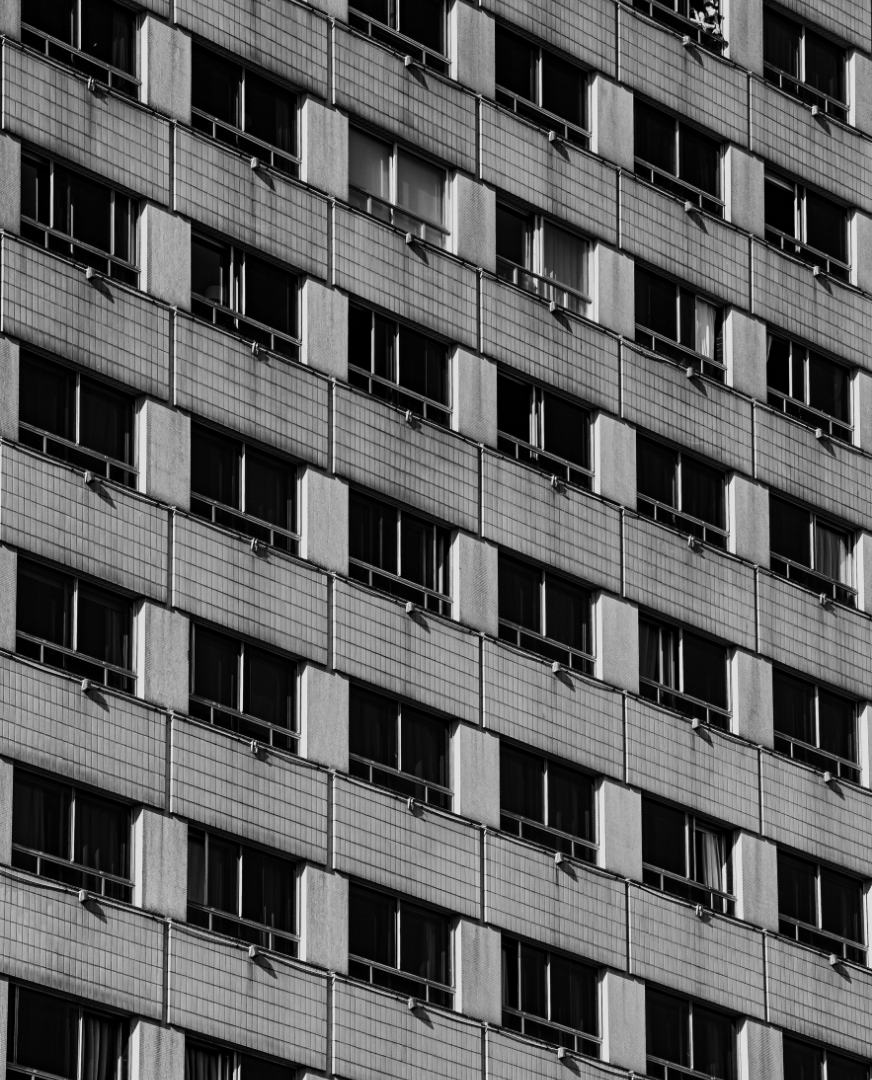presentation
European cooperation project
2021 → 2024
A growing echo in public debate is the idea of what is ‘common’. And I’m not sure this should always be congratulated. It is too often reduced to a simple matter of good use of resources – the responsible and sustainable administration of common property. In this way, it is stripped of its real political weight and dispossessed of its critical reach. Unfortunately, the ideas of the ‘common’ are frequently discussed out of context with social practice without which, however, the very idea of the ‘common’ evaporates – practices of cooperation, communalisation or even radical democracy. The ‘common’ will be political or not. It will be rebellious or not. It will be cooperation or not.
Le commun oppositionnel (The oppositional common), Pascal Nicolas-Le Strat
Since 2006, the organisation has invited artists for creative residentials which take place in Le Blosne district of Rennes. In 2016, the association conceived a new project – Secondary Residence – which is now being developed across Europe in cooperation with a network of European multidisciplinary partners. This project will challenge and cross section a space common to all: the public space.
Public space:
“Refers to any physical or virtual space that is accessible to all and has the capacity to reflect the diversity of populations and the functioning of an urban society.”
Extract from the Critical and Interdisciplinary Dictionary of Participation (Dictionnaire critique et interdisciplinaire de la participation), Paris, GIS Démocratie et Participation, 2013.
Secondary residence, the name of the project, refers to those holiday locations where you go to recharge your batteries, to get away from everyday life, or take time to contemplate. Here, the concept extends into regions that are not traditionally perceived in the collective imagination, such as those in which we come to spend a few days of rest. This word appropriation makes us take a step to one side and to take a fresh look at the issues raised.
The concept involves bringing together a unique team in an apartment immersed in a region, for a week. This team is composed of :
→ an artist,
→ a person who lives or works in the region in question,
→ a person who works for the local authorities (community representative, elected or staff).
They live together for a week, sharing both communal working time as well as more informal parts of daily life (meals, leisure, breakfasts).
Based on a working theme that they will have been allocated*, they must produce a collective reflection that will nourish a future artistic endeavour. This reflection is enriched by their exploration of the neighbourhood and their encounters with the people who live and work there. They will document the process of creation and record exchanges, meetings and thought paths taken in this crafting of the ‘common’.
After a week of collective work, the artist will produce a work resulting from the joint reflections of the trio during their residence in the subsequent three months. This work will then be exhibited or performed in the public space.
*Focus groups, made up of people from all walks of life: people who may live in the area, public decision-makers, researchers, students, etc., will meet in each of the project cities prior to the residency. Each focus group will develop locally, the ethical guidelines for the project and will define the working theme to be submitted to the three participants of Secondary residence in that area.


